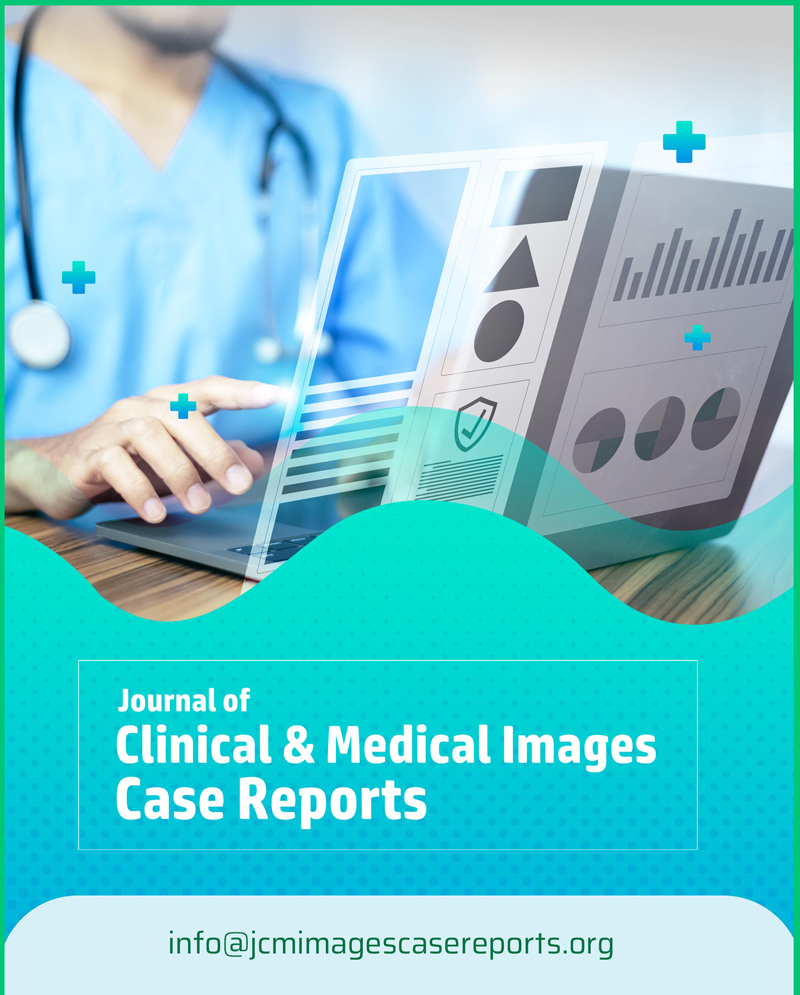ISSN Number
ISSN 2771-019XOpen Access, Short Report, Volume 4, Issue 6
Music therapy in the treatment of drug addiction
Bin Tian; Liu Yangyang*
Jiangsu Fangqiang Compulsory Isolation Drug Rehabilitation Center, Jiangsu, China.
Liu Yangyang
Jiangsu Fangqiang Compulsory Isolation Drug Rehabilitation Center, Jiangsu, China.
Email: liuyangyang661@sina.com
Received : Nov 06, 2024,
Accepted : Dec 09, 2024
Published : Dec 16, 2024,
Archived : www.jclinmedcasereports.com
Copy right Statement: Content published in the journal follows Creative Commons Attribution License (http://creativecommons.org/licenses/by/4.0). © Yangyang L (2024).
Journal: The Journal of Clinical and Medical Images, Case Reports (JCMICR) is a fantastic resource for keeping up with the latest clinical advancements and for publishing case reports and clinical images related to a variety of medical illnesses.
Citation: Tian B, Yangyang L. Music therapy in the treatment of drug addiction. J Clin Med Images Case Rep. 2024; 4(6): 1762.
Introduction
Music Therapy (MT) is gaining attention as an adjunctive intervention in the treatment of Substance Use Disorders (SUD). Recent studies have shown that music therapy not only improves patients’ psychological symptoms, but may also have a positive impact on reducing drug craving [1]. In drug addiction treatment, craving reduction is one of the key predictors of treatment success [2]. Therefore, exploring how music therapy affects craving in SUD patients is important for developing new treatment strategies. Music therapy promotes an individual’s emotional, social, mental, and physical well-being through the creation and experience of music [3]. In SUD treatment, music therapy usually involves various forms of lyrics analysis, songwriting, improvisation and music listening [4]. These activities not only provide a non-pharmacological pathway for emotional expression and mood regulation, but also help patients to establish new positive behavioural patterns as an alternative to substance use [5]. Research has shown that music therapy activates brain regions associated with reward and emotion regulation, which may influence addictive behaviours [6]. Music therapy’s ability to emotionally activate and improve emotion regulation may increase patient motivation and sustained engagement in treatment, thereby facilitating the achievement of treatment goals [7]. In addition, the non-verbal nature of music therapy makes it a low-threshold intervention that is particularly suitable for SUD patients who have difficulty expressing their emotions verbally [8]. However, the use of music therapy in SUD treatment still faces some challenges. Firstly, the effects of music therapy may vary according to individual differences, and further research is needed to determine which patient groups are most likely to benefit from music therapy [9]. Second, the implementation of music therapy requires specialised music therapists, which may limit its widespread use in resource-limited settings [10]. In addition, although some studies have shown that music therapy reduces depressive symptoms and increases motivation for treatment [11], findings on its effect on craving are inconsistent and more high-quality studies are needed for further validation [12].
Conclusion
In summary, music therapy, as a therapeutic tool, has shown potential to reduce craving in SUD treatment. Future research should focus on the applicability of music therapy to different patient groups and how it can be combined with other therapeutic tools to improve the overall treatment of SUD. There is also a need to explore how music therapy can be effectively implemented in resource-limited settings to make it a viable option for SUD treatment.
References
- Hohmann L, Bradt J, Stegemann T, Koelsch S. Effects of music therapy and music-based interventions in the treatment of substance use disorders: A systematic review. PLoS One. 2017; 12(11): e0187363.
- Tidey J W, O’Sullivan J L. Craving as a predictor of drug use and treatment outcome. Addiction. 2013; 108(12): 2145-2154.
- American Music Therapy Association. Music therapy and mental health. 2005.
- Silverman M J. Music therapy and clients who are chemically dependent: A review of literature and pilot study. Arts in Psychotherapy. 2003; 30(5): 273-281.
- Ghetti C M. Incorporating music therapy into the harm reduction approach to managing substance use problems. Music Therapy Perspectives. 2004; 22(2): 84-90.
- Koelsch S. Music-evoked emotions: Principles, brain correlates, and implications for therapy. Annals of the New York Academy of Sciences. 2015; 1337(1): 193-201.
- Bruscia K. Defining Music Therapy. 3rd edition. University Park, IL: Barcelona Publishers. 2014.
- Baker F A, Gleadhill L M, Dingle G A. Music therapy and emotional exploration: Exposing substance abuse clients to the experiences of non-drug-induced emotions. Arts in Psychotherapy. 2007; 34(4): 321-330.
- Carter T E, Panisch LS. A systematic review of music therapy for psychosocial outcomes of substance use clients. International Journal of Mental Health and Addiction. 2020; 1-18.
- Ghetti C, Chen X J, Brenner A K, Hakvoort L G, Lien L, et al. Music therapy for people with substance use disorders (Protocol). Cochrane Database of Systematic Reviews, 2020; 10: CD012576.
- Hohmann L, Bradt J, Stegemann T, Koelsch S. Effects of music therapy and music-based interventions in the treatment of substance use disorders: A systematic review. PLoS One. 2017; 12(11): e0187363.
- Carter T E, Panisch L S. A systematic review of music therapy for psychosocial outcomes of substance use clients. International Journal of Mental Health and Addiction. 2020; 1-18.




